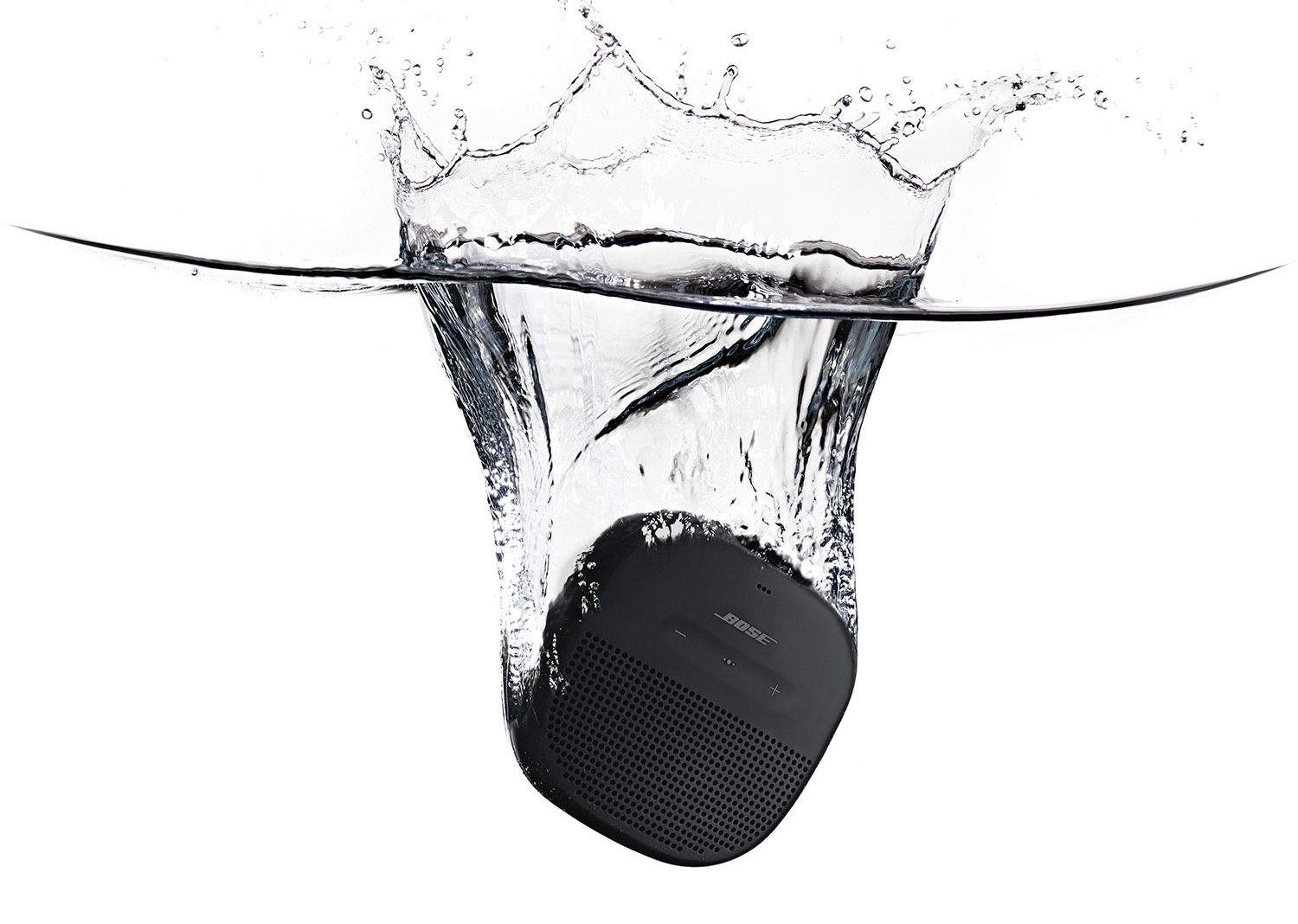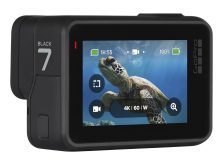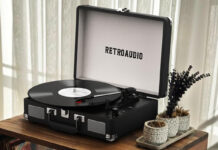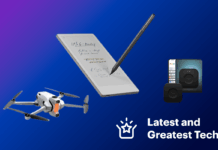
You may have noticed over the past few years that most devices that you buy now have some level of protection against the elements. However, not all devices have the same amount of protection against solids and liquids; every device has a classification for its protection factor. When you understand what your individual device’s Ingress Protection Marking (also known as the International Protection or “IP” Marking) stands for, you can plan out the best ways and places to use your device. In this article, we will give a standard explanation of Ingress Protection, how this protection is measured and what this means for your devices.
What is Ingress Protection (i.e. IP67)?
 It goes by a few different names, but Ingress Protection or International Protection (IP) is a system for classifying the different degrees of protection provided by enclosures or wrappings of electrical equipment.
It goes by a few different names, but Ingress Protection or International Protection (IP) is a system for classifying the different degrees of protection provided by enclosures or wrappings of electrical equipment.
One aspect of it keeps users from accidentally getting in contact with hazardous parts while the other measures protection against water seeping in. Put another way, Ingress Protection is the measurement of protection against solids/liquids entering your devices.
How is Ingress Protection noted?

Ingress Protection has two primary notation elements: the first digit is a number that denotes a protection factor against solids and a second number that codifies your device’s protection factor against liquids.
First digit: protection against solid objects
There are seven levels of protection against solids and they range from 0-6.
| Level of Protection | Protection Against |
| 0 | No protection |
| 1 | Objects > 50mm (i.e.: your hand) |
| 2 | Objects > 12.5mm (i.e.: your finger) |
| 3 | Objects > 2.5mm (i.e.: small tools) |
| 4 | Objects > 1mm (i.e.: wires) |
| 5 | Limited protection against dust |
| 6 | Complete protection against dust; dust tight |
Most consumer electronics now have complete protection against dust (with a 6 rating), but occasionally some devices only provide limited protection against dust like the Plantronics BackBeat FIT Training Edition In-Ear Bluetooth Headphones.
occasionally some devices only provide limited protection against dust like the Plantronics BackBeat FIT Training Edition In-Ear Bluetooth Headphones.
One further delineation: an “X” rating. Some device manufacturers will not test their products for protection against solids and that’s when you’ll get ratings like IPX6 or IPX7. The JBL Flip 4, Ultimate Ears WonderBoom, JBL Charge 3 are three examples of wireless Bluetooth speakers that did not test for protection against solids but provided a rating for liquid protection (all three possess IPX7 Ingress Protection ratings).
Speaking of liquid protection, the second important piece of the puzzle (and second number) for Ingress Protection denotes your protection against liquids.
Second digit: protection against liquids
There are ten different levels of protection against liquids within the IEC 60529 standard.
| Level of Protection | Protection Against |
| 0 | No protection |
| 1 | Vertically dripping water only |
| 2 | Spraying water at an angle of up to 15 degrees from vertical |
| 3 | Spraying water at an angle of up to 60 degrees from vertical |
| 4 | Spraying water from any angle |
| 5 | Water jets from any direction |
| 6 | Powerful water jets from any direction |
| 7 | Immersion in water of up to 1m in depth for 30 minutes |
| 8 | Immersion in water deeper than 1m in depth (where the manufacturer will specify exact liquid protection specification) |
| 9K | High temperature/pressure water jets |

You’ll note in this table that several of these classifications refer to water spray. While the industrial standards measure all electrical equipment including industrial equipment, for consumer electronics, the most commonly used levels of protection are 7 & 8, protection against certain levels of immersion in water. The “7” rating (like in IP67) specifies a depth and a length of immersion time, but the “8” rating is left up to each individual manufacturer. The “9K” rating is typically only seen for example in equipment where high pressure steam cleaning systems are being used like in food manufacturing operations.
What does that mean for my devices?
As alluded to previously, not all of these ratings will be commonly found in electronics. Most commonly, cameras, cell phones, eReaders and wireless Bluetooth speakers will possess these ratings: IP67, IP68, IPX7 and IPX8. Below is a breakdown of the exact water and dust proofing capabilities of devices carrying these ratings with some examples:

- IP67: Dust tight and protection against immersion in water of up to 1m in depth for 30 minutes.
- Marley’s No Bounds series of speakers (No Bounds, No Bounds Sport and No Bounds XL) all have IP67 protection and can be submerged in water of up to a metre in depth for 30 minutes; these speakers are also buoyant due to their cork construction.
- IP68: Dust tight and protection against immersion in water deeper than 1m in depth.
- The iPhone XS and iPhone XS Max, for example, are rated to IP68 and Apple has specified that they can be submerged in water of up to two meters for 30 minutes.
- IPX7: Protection against solids not tested and protection against immersion in water of
 up to 1m in depth for 30 minutes.
up to 1m in depth for 30 minutes.
- The Jaybird In-Ear Sound Isolating Bluetooth Sport Headphones have not been tested for dust protection, but are rated to protect against sweat and water.
- IPX8: Protection against solids not tested and protection against immersion in water deeper than 1m in depth.
- The GoPro HERO7 is rated to IP68 and allows users to take the cameras down to 10m without an additional camera housing.
- The Kobo Aura H2O Edition 2 is also IP68 rated and is waterproof for up to 60 minutes in up to 2 metres of water.
Ingress Protection in a nutshell
There are a lot of combinations of Ingress Protection factors, but in summary—before you start to use your new water-resistant or waterproof device, you should understand exactly how resistant your new gadget is to solids and liquids. Once you understand that, you’ll know your device’s limits; whether you can bring it along with you to the beach or the pool or should you leave it in your bag.
The Best Buy Canada blog has information about even more water resistant devices including a list of Erin Lawrence’s favourite waterproof portable speakers as well as some of Justin Morrison’s favourite waterproof cameras. Beyond that, you can find even more waterproof and water resistant products at BestBuy.ca!



